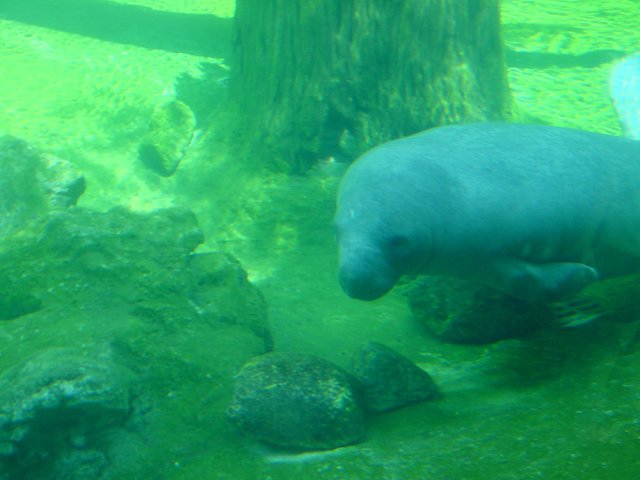2021 has been a challenging year for everyone, even the manatees. According to the New York Times article, “Florida Manatees Died at an Alarming Rate in the First Months of 2021”, 10% of Florida’s manatee population has died since the start of the year. To understand the standard rate of deaths in the past years, the Florida Fish and Wildlife Conservation Commission reported 637 deaths last year. In 2021, there were 761 deaths as of June 2021. A statistic stated in the past five years there have been 824 manatee deaths — so what has changed? After delving into causes for the dramatic increase in Florida manatee deaths, there are startling reasons which require a drastic economic change.
In Florida, the majority of manatees used to congregate in the Indian River Lagoon because of its variety of plants and excellent water quality. The lagoon is a 156 mile stretch of water and vegetation where manatees and other aquatic animals are fond of lurking. There have recently been excessive reports of poor water quality in the lagoon. Traces of fertilizers, septic leakage, and littered objects have been found in the ecosystem. Due to the water quality declining, algae blooms have started to spread across the lagoon. Some animals benefit from the algae, but manatees are deeply affected.
The algae build-up in the lagoon is slowly, but steadily, killing off a majority of the seagrass that the manatees depend on for the bulk of their diet. Martine de Wit, a veterinarian within the Florida Fish and Wildlife Conservation Commission, spoke to explain the shortage of seagrass in the lagoon: “[t]he lagoon is a desert. This past winter, it was hardly growing anything.” According to Charles Jacoby, a representative of the St. Johns River Water Management District, the amount of seagrass has decreased by 58% since 2009. Algae is sucking out the oxygen and hoarding the sunlight that seagrass requires to thrive. The rapid spread of algae in the lagoon is a primary cause of the high manatee death rate.
Florida manatees are dying of starvation and poor water quality. However, there are steps that Floridian residents, and the rest of the U.S., can take to slow this massive increase in manatee deaths. The first step, which can apply to anyone living near a source of water, is to be mindful of what products you use to treat your property. Chemicals that are used on lawns can be very harmful to water sources, for example, the lagoon, rivers, lakes, or any body of water. By looking into more ecologically friendly options, water quality can be preserved in times of rain runoff. The most effective, but time-consuming, form of ecologically friendly lawn care is handpicking undesired impurities in the lawn. Littering is also a contributing factor, which the United States as a whole struggles to maintain. Please keep animals in mind before indulging in polluting. Manatees are historically friendly animals that need to be cared for and protected. If a part of the food chain goes extinct, the food chain will slowly deteriorate with it. Mindfulness is the key to saving the manatees.




